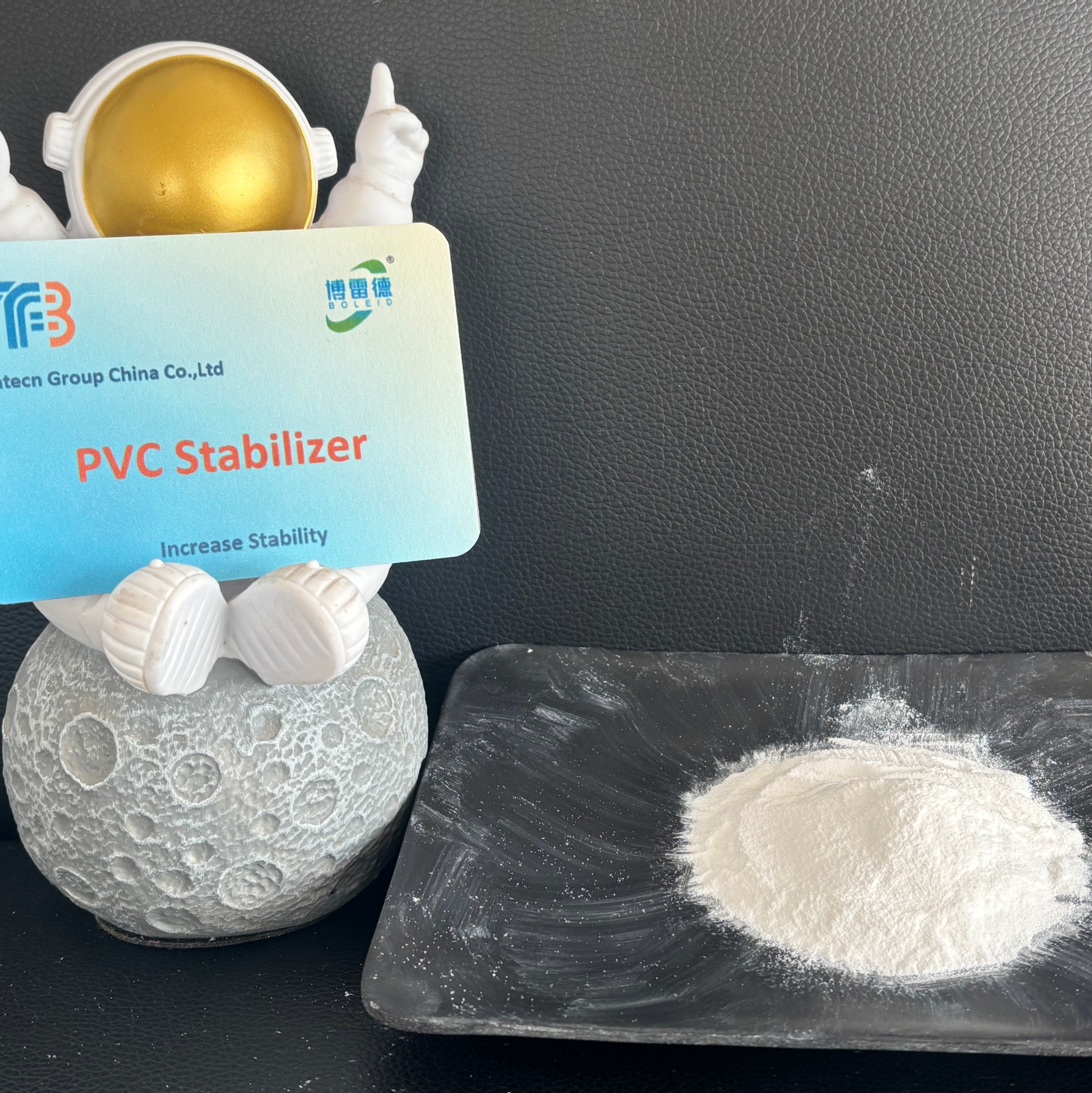There are significant differences between lead salt stabilizers and calcium zinc stabilizers in various aspects, including composition, performance, environmental friendliness, processing performance, and applicable fields.
Composition and Performance
Lead salt stabilizers are mainly divided into two categories: monomers and composites. Representative products of monomeric lead salts include lead trisulfate and lead dibasic phosphate, which have the advantages of low cost and convenient formula adjustment, but are prone to sulfide pollution and discoloration problems. Composite lead salt stabilizers improve dispersibility and thermal stability by mixing multiple components through symbiotic reaction technology, but still contain lead components. Calcium zinc stabilizers are composed of calcium salts, zinc salts, lubricants, and antioxidants, and have the characteristics of non toxicity and high efficiency. It can not only replace toxic lead cadmium salts and organotin stabilizers, but also has good thermal stability, photostability, and transparency
The processing performance of calcium zinc stabilizers is excellent, and their thermal stability is comparable to that of lead salt stabilizers.
Environmental friendliness
Lead salt stabilizers contain lead elements, which pose certain risks to the environment and human health, and therefore are gradually being restricted in use. Calcium zinc stabilizers do not contain heavy metal elements and comply with environmental standards such as the EU ROHS and REACH directives, making them more environmentally friendly
Processing performance and applicable fields
Lead salt stabilizers perform well in PVC processing, with excellent thermal stability and excellent electrical insulation, suitable for various PVC products. However, due to environmental issues, its use is limited. Calcium zinc stabilizers are widely used in fields such as food packaging, medical devices, and wires and cables due to their non-toxic properties. 
Post time: Feb-17-2025




